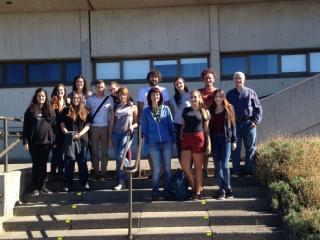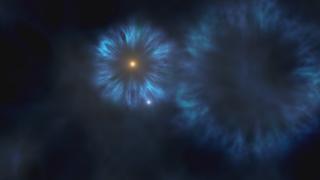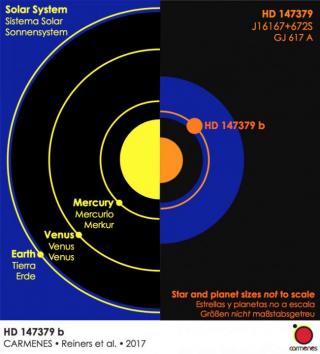
A group of students from the master in Astrophysics at the University of La Laguna (ULL) and the Instituto de Astrofísica de Canarias (IAC) detected this nova, along with another, in the Andromeda Galaxy during their academic practices in the Observatorios de Canarias. Observatorio del Teide / Observatorio del Roque de los Muchachos.
Advertised on




